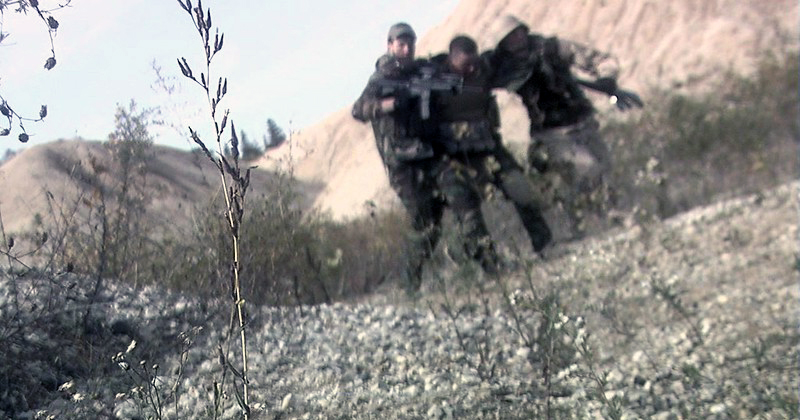Evaluation

“All the information contained in this section is for guidance only. Psious environments are therapy supporting tools that must be used by the healthcare professional within an evaluation and intervention process designed according to the characteristics and needs of the user.
Also remember that you have the General Clinical Guide in which you have more information on how to adapt psychological intervention techniques (exposure, systematic desensitization, cognitive restructuring, chip economy…) to Psious environments.”
PTSD Evaluation
In this section we propose different strategies and tools on how to evaluate PTSD, as a previous step to using the EMDR technique.
OBJECTIVES
- Evaluating the presence and comorbidity with other emotional disorders.
- Evaluating the presence of re-experimentation, avoidance and activation increase.
- Defining anxiogenic stimuli configurations and in what grade.
- Evaluating presence of distorted thoughts.
Useful tools for the Posttraumatic stress disorder (PTSD) evaluation.
Considering the evaluation objectives, we will enumerate some of the tools that can be useful to obtain relevant information about the characteristics of your user. Remember that good objectives definitions, patient characterization and planification of the intervention are important for therapeutic efficiency and effectiveness just like the user satisfaction. In the bibliography you will find articles where you can revise the characteristics of the proposed tools.
OPEN OR SEMI-STRUCTURED INTERVIEW
- Structured interview ADIS-IV
- CAPS-DX interview
- Scale (TOP-8)
- “Índice Global de Duke DGRP”
SELF-REPORTS
- The Impact of Event Scale – Revised (IES-R)
- MMPI PTSD Subscale
- PTSD Symptom Scale (PSS)
- Child PTSD Symptom Scale (CPSS)
- Traumatic Events Questionnaire (TEQ)
- Davidson Trauma Scale (DTS).
- Mississippi Scale for Combat-Related
- The critical war zone experiences (CWE) scale